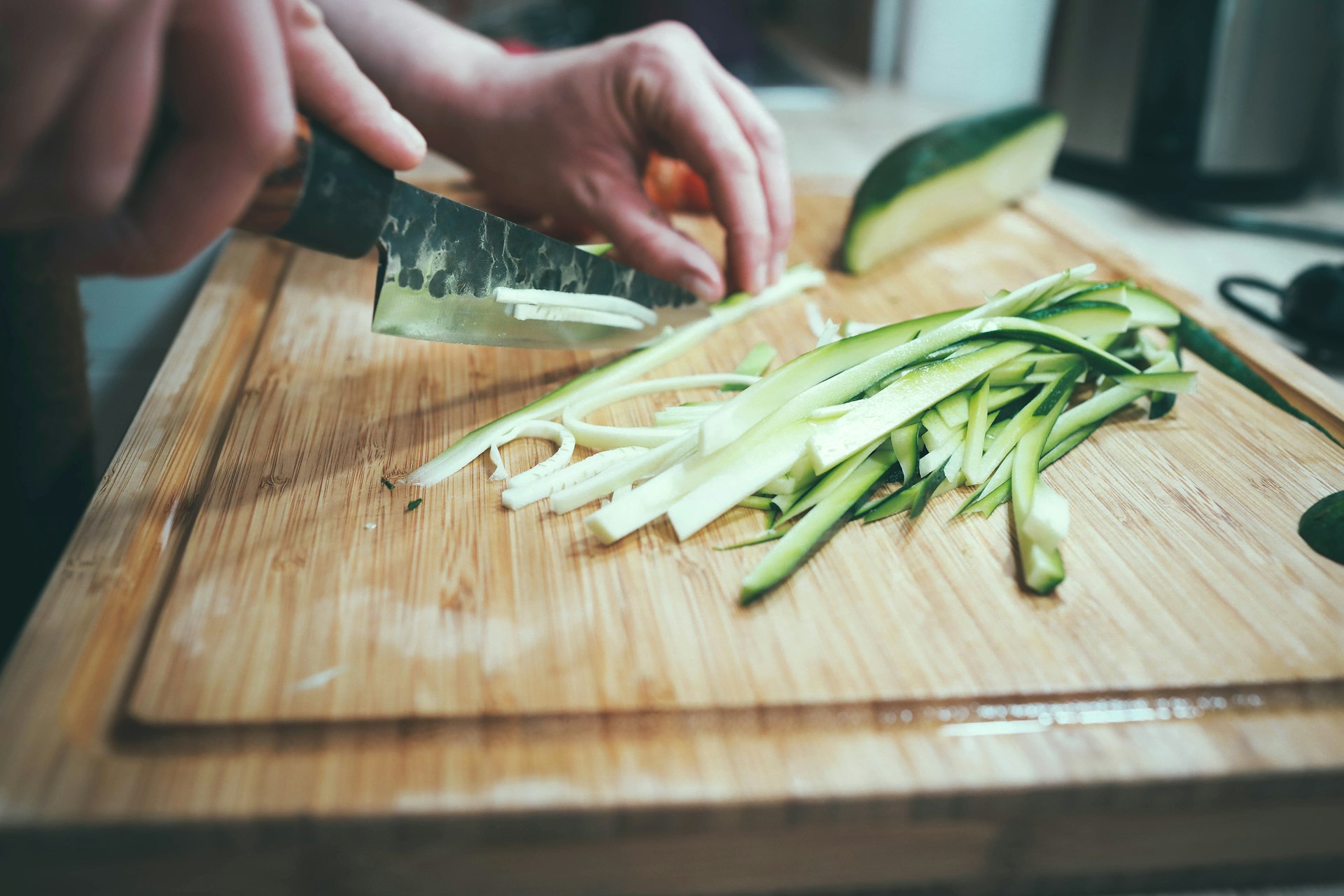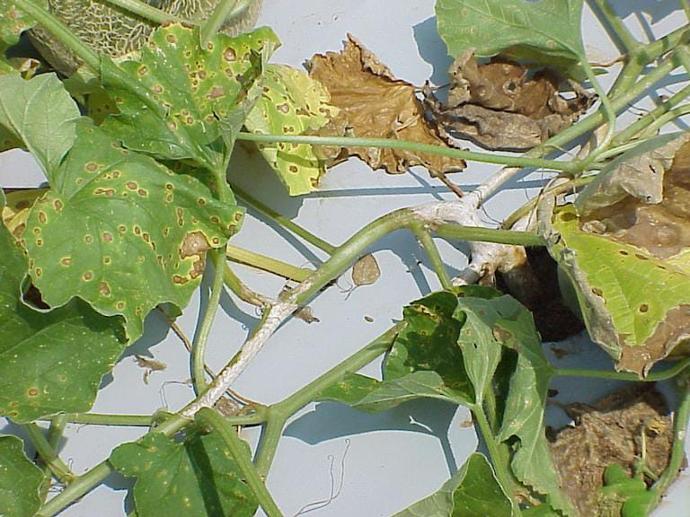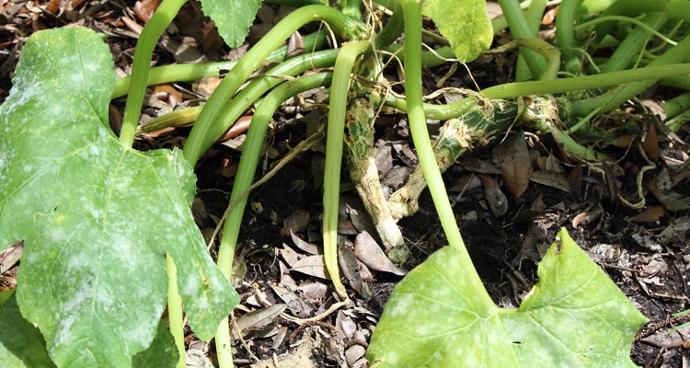Zucchini Plant
Zucchini is an annual, 18-36 inches tall, and frost-sensitive. It prefers well-drained, fertile soil in full sun. Keep the soil moist. Zucchini is edible but not medicinal.
Habit
Annual
Height
0.5-1 meter
Growth
Fast
Soil
Well-drained, loamy soil
Shade
Full Sun
Moisture
Moist
Edible
Yes
Medicinal
No
Origin
Partial shade
Climatic Condition
Moderate
Temperature (°)
20-30
Humidity (%)
60-80
Potting media
Loamy or sandy soil
Fertilizers
Nitrogen-rich
Watering
High
Plant Weight
1-2 kg
Flowering Time
Summer to Fall
Soil Ph level
6.0-7.5
Water Ph level
6.5-7.0
Soil EC
0.3-0.4 mS/cm
Yield Per Plant
High
NPK ratio
10:10:10
life Span
1 year
Health Benefits
High in antioxidants, supports heart health, aids digestion
Suggested Grow Media or Potting Mix ?
50% loamy soil, 30% compost, 20% sand
Suggested Fertigation/Fertilizers
Fertilize every 2 weeks with a balanced fertilizer.
Common Diseases and Remedies
Alternaria leaf blight, Fusarium crown and foot rot .
Yellow to brown spots , tan or brown spots on leaves .
Remove damaged leaves , Crop rotation .
HEALTH BENEFITS
· High in Fiber: Supports digestion and gut health.
· Rich in Antioxidants: Contains lutein and zeaxanthin, beneficial for eye health.
· Supports Heart Health: Lowers cholesterol and blood pressure.
Hydration: High water content helps keep the body hydrated.
What Is An Zucchini Tree?
Zucchini, otherwise called courgette, is a warm-season, quickly developing vegetable plant having a place with the Cucurbitaceae family, which incorporates cucumbers, pumpkins, and melons. It is portrayed by enormous, dim green leaves and creates round and hollow natural products with smooth, delicate skin. These natural products, organically delegated berries, are regularly reaped when they are youthful and delicate, around 6-8 crawls long, in spite of the fact that they can develop a lot bigger whenever left on the plant.

What Are The Different Types Of zucchini Plants?
1. Classic Green Zucchini
This is the customary assortment, with dull green skin and a round and hollow shape. It is the most considered normal sort of zucchini found in supermarkets and nurseries.
2. Yellow Zucchini
Otherwise called brilliant zucchini, this assortment has a comparable shape and surface to green zucchini yet is a light yellow tone. It has a somewhat milder flavor than green zucchini.
3. Ronde de Nice
This assortment produces round, squat natural products that are dim green with light green stripes. They have a somewhat nutty flavor and are many times utilized in connoisseur cooking.
4. Costata Romanesco
Otherwise called Romanesco zucchini, this assortment has a light green, ribbed skin and a firm surface. It is valued for its magnificent flavor and is in many cases utilized in Italian dishes.
5. Eight Ball
This assortment produces round, dim green natural products that look like billiard balls. They taste really rich and are great for stuffing and baking.

How to Care Zucchini Plant ?
1. Location
Zucchini plants flourish in warm, bright areas. They expect something like 6-8 hours of direct daylight each day to develop and create organic product. Furthermore, zucchini plants need well-depleting soil that is wealthy in natural matter.
2. sunshine
Zucchini plants require a great deal of daylight to develop and deliver organic product. They need something like 6-8 hours of direct daylight each day, despite the fact that they will fourish with much more daylight if conceivable.
3. Hydration
Keep the dirt reliably wet however not waterlogged. Zucchini plants favor a dirt that is equally damp, so intend to water profoundly and completely at whatever point the top inch of soil feels dry to the touch.
4. Nourishment
Nitrogen is fundamental for verdant development and by and large plant power. Zucchini plants need a consistent inventory of nitrogen, particularly during the beginning phases of development.Phosphorus is significant for root advancement, bloom development, and organic product creation. Sufficient phosphorus helps zucchini plants foster areas of strength for a framework and produce plentiful organic products.
5. soil
Zucchini plants do not like to have their roots sitting in water, so it's important to plant them in soil that drains well. Avoid heavy clay soils that can become waterlogged.
6.Issues
This fungal disease appears as a white, powdery coating on the leaves. It can reduce the plant's ability to photosynthesize and weaken the plant. To prevent powdery mildew, ensure good air circulation around the plants and avoid overhead watering. Blossom end rot causes the ends of the zucchini fruits to become sunken and dark. It is caused by a calcium deficiency or by inconsistent watering. To prevent blossom end rot, ensure that the plants receive adequate calcium and maintain consistent soil moisture.

What are the Benefits of zucchini Plant ?
Zucchini is low in calories and rich in nutrients, including vitamins A, C, and K, as well as potassium and folate. It also contains antioxidants and fiber, making it a healthy addition to your diet. Zucchini is a versatile vegetable that can be used in a variety of dishes, including salads, stir-fries, casseroles, and baked goods. It can be eaten raw or cooked, and its mild flavor pairs well with a wide range of ingredients.

FAQs About Growing Zucchini
1. how to maintain zucchini plant?
Provide regular and consistent watering to keep the soil evenly moist but not waterlogged. Zucchini plants require about 1-2 inches of water per week, depending on weather conditions.
2. what are the use of zucchini plant?
The most commonly used part of the zucchini plant, the fruit can be eaten raw or cooked. It is often used in salads, stir-fries, casseroles, and soups. Zucchini can also be grilled, baked, or sautéed as a side dish or main course.
3. can I grow zucchini plant indoor?
Zucchini plants require a lot of space to grow, so make sure you have a large enough container or growing area. A 5-gallon container is recommended for each plant.
4. which pot is best for growing zucchini plant?
Select a pot that is at least 24 inches (60 cm) in diameter and depth. Zucchini plants have extensive root systems and need plenty of room to grow.
5. from where can I shop zucchini plant?
You can shop for zucchini plants at a variety of places, including local garden centers, nurseries, and home improvement stores. Additionally, you can purchase zucchini plants online from seed companies, plant nurseries, and garden supply websites. When shopping for zucchini plants, look for healthy plants with vibrant green leaves and no signs of pests or disease. If you prefer to start from seed, you can also purchase zucchini seeds from these same sources and start them indoors or directly in your garden.

